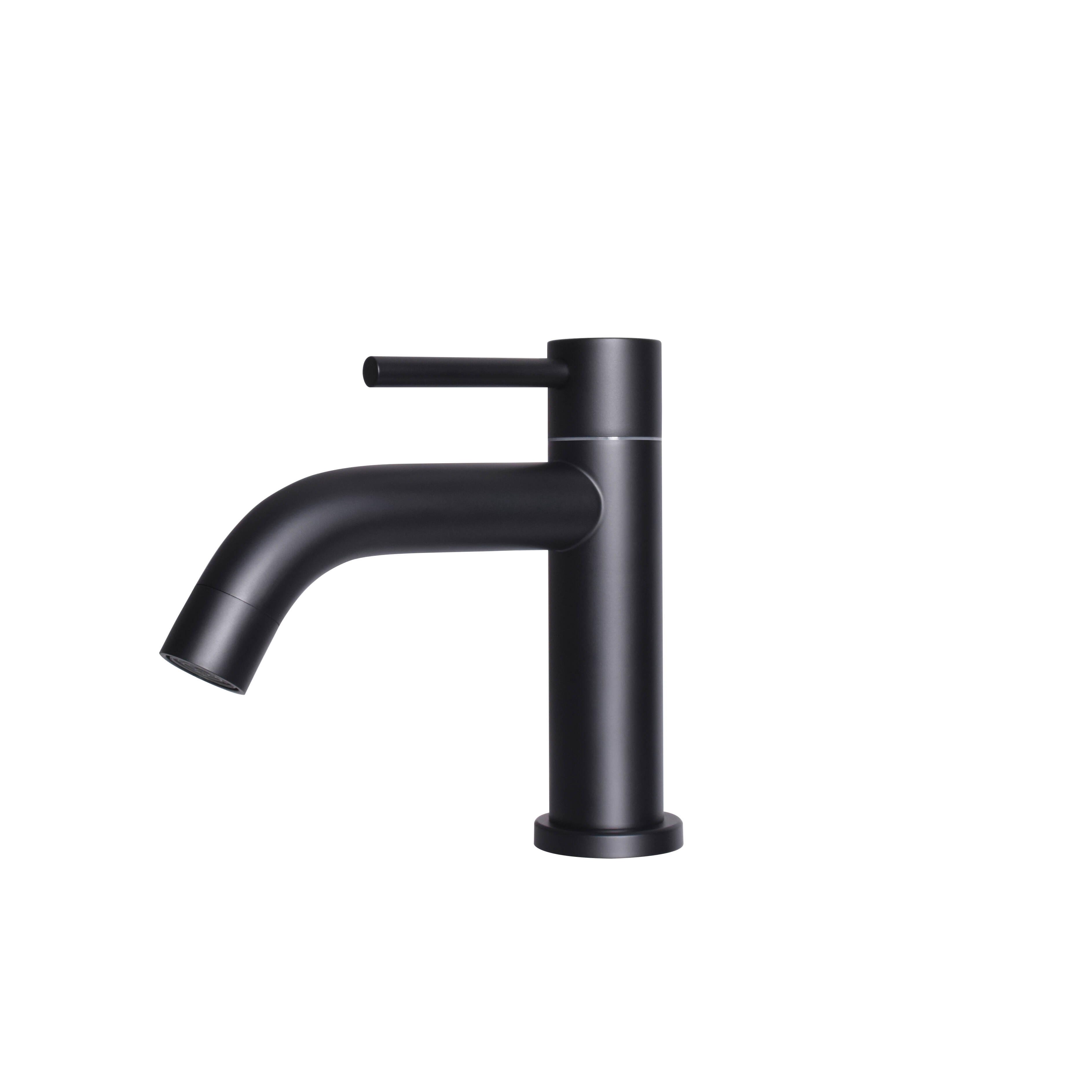Email format error
Email cannot be empty
Email already exists
6-20 characters(letters plus numbers only)
The password is inconsistent
Email format error
Email cannot be empty
Email does not exist
6-20 characters(letters plus numbers only)
The password is inconsistent


Among the various types of water filtration systems, reverse osmosis tends to be the most popular. Nowadays, ro water faucets are widely used in many families.
In this post, we’ll explore the various reverse osmosis water benefits to help you understand why that is. Hope that it can give you some references.

When discussing reverse osmosis benefits, it makes sense to point out that they do their job (filtering drinking water) very well. The method is used at virtually every scale, from large (i.e. treating wastewater) to small (i.e. filtering water in your home).
Our reverse osmosis systems on four to five stages of filtration. This filtration includes progressively finer membranes that remove contaminants from your water. These contaminants include: Sodium, sulfate, calcium, mercury, lead, arsenic, fluoride and chloride.
Reverse osmosis can remove as much as 98% of these contaminants from your drinking water. This is much more effective than using a charcoal filter alone, which is incapable of removing certain contaminants.
Given how powerful and effective reverse osmosis systems are, you might be surprised to learn that they actually don’t use electricity. This stands in stark contrast to something like distillation, which requires heat and therefore electricity.
A reverse osmosis system benefits from the water pressure in your home. That’s all it needs!
Another downside of distillation is that it requires considerable input from the user. You’ll always be conscious of the process since you need to refill the tank in order to keep up with your household’s water needs.
One of the benefits of a reverse osmosis filter is that it connects directly to your faucet, providing clean drinking water on demand. Over time, you may even forget the filter is there, doing its thing.
Water filters cannot totally replace softeners (read more about that here). On a residential level, reverse osmosis filters are most often intended to provide clean drinking water, as opposed to water for your shower as well.
Nonetheless, reverse osmosis does remove many of the minerals that produce hard water. Hard water, in turn, causes scale and other issues.
So if you’re unable to afford a water filter and a softener in one go, one option is to install a reverse osmosis system that will at least protect your kitchen faucet until you’re ready to install a softener as well.
Note that (as we mentioned in this detailed article about demineralizing water) relying on a reverse osmosis system to filter minerals will reduce the filter’s lifespan.
Another example of the key reverse osmosis system benefits is their ability to reduce your living costs drastically. If you’re used to buying bottled water, you’ll be pleasantly surprised at how much cheaper it is to simply filter your home’s water supply. Depending on how much water you use, these savings can range from hundreds of dollars to thousands per year.
Because reverse osmosis systems remove minerals and impurities, many people report better-tasting food. The minerals and chemicals in untreated water can actually alter your food’s taste when you use that water to cook. While boiling kills bacteria in the water, other contaminants stay put.
We have ro water faucet for sale, for more information, please kindly contact us at any time. If you also have interest in outdoor shower fixtures, we are glad to answer for you.